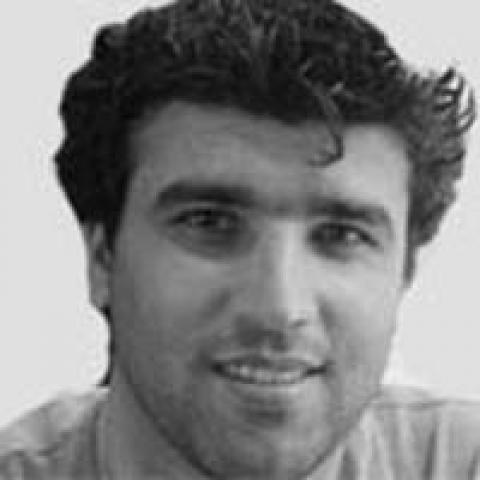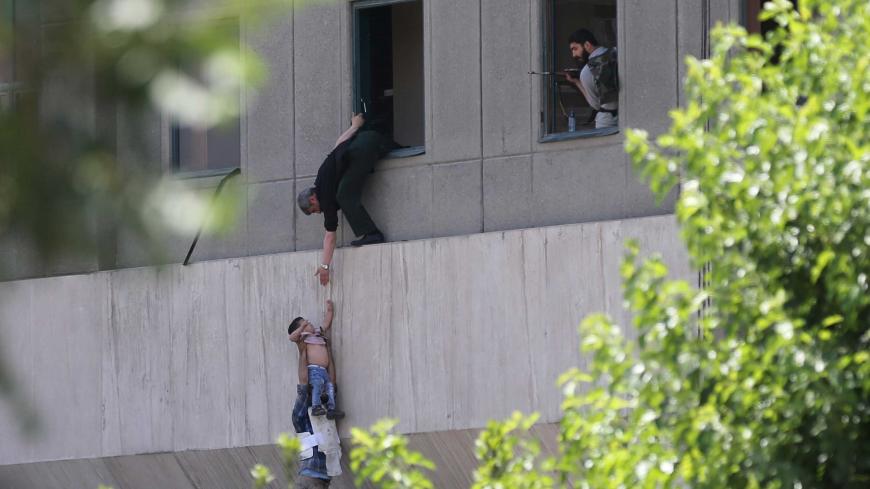Iran wakes up to Salafi recruitment in Kurdish regions
Will the terrorist attacks in Tehran be a wake-up call about the rise of Salafism in Iranian Kurdistan? And will they be the beginning of a sectarian war at home?

Iran’s Intelligence Ministry on June 8 released headshots of the five perpetrators of the June 7 attacks on the parliament and the shrine of Ayatollah Ruhollah Khomeini, the founder of the Islamic Republic. The attacks in Tehran left at least 17 people dead and some 50 wounded. Al-Monitor has learned from Kurdish sources in Iran that at least four members of the two terrorist teams hailed from a Sunni Kurdish town in western Iran and spent time with Islamic State (IS) militants in Mosul.
In a video of the attack on parliament published by the semi-official Fars News Agency on June 8, two men with AK-47s and a man with a pistol can be seen rushing into a seating area where members of the public wait for appointments with lawmakers, indiscriminately opening fire on people.






